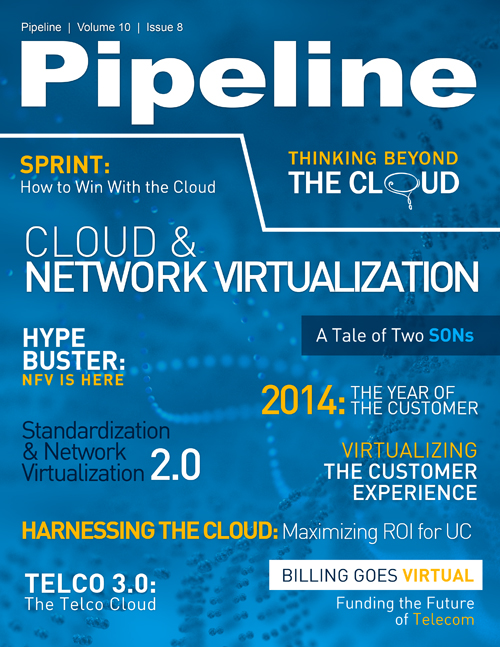Harnessing the Cloud to Maximize Unified Communications Investment
The Hybrid Approach
Cloud and hybrid are not really separate deployment models per se; instead, hybrid is a subset of cloud, as it mixes both on-site deployment and UC in the cloud via a service provider. Hybrid is also often seen as an intermediate step to full cloud deployment. This could be particularly true for a company that may already use a service provider to manage its on-premises UC offering. Choosing to move some of its applications to the cloud with this provider, or another trusted service provider, might be the next logical step. But companies that are looking at this model might not know what they should deploy on-premises versus in the cloud or how to get started.
Hybrid UC may be deployed by application type, location or business rule. With application provisioning, the enterprise chooses which UC components it wants delivered via on-premises hardware versus from the cloud. Location-based provisioning determines how communications applications are accessed based upon the user’s location or the location of the office. Someone using videoconferencing may access it via on-premises infrastructure from one office and via the cloud in another. Finally, functional provisioning assigns application access to premises or the cloud via a business rule, which may regulate volume, time of day or user type.
Hybrid Unified Communications is often described as the best of both worlds. With this deployment model, enterprises can keep certain applications on-site (for sensitivity or other reasons) and move less critical ones to the cloud. This enables companies to better adhere to strict regulatory requirements or company policies. At the same time, the company is able to reap significant CAPEX savings by running some applications from the cloud while maximizing existing investment in current infrastructure (i.e., premises-based PBXs). However, hybrid UC does have its drawbacks versus cloud UC, namely integration of cloud-based and premises-based infrastructure, possible functionality inequalities for applications deployed in different ways, and the inefficiency of splitting management between the cloud and the premises. It is the latter that makes Unified Communications seem possibly quite not-so-unified. Even so, its benefits often easily outweigh its challenges, and hybrid UC can be a smart choice for enterprises looking for an interim step to cloud-based UC.
Making the Right Choice
Deciding between hybrid and UCaaS can be difficult. If choosing UCaaS, enterprises might start with carefully investigating whether a multi-tenant or multi-instance architecture would better suit their business. Requesting information such as reliability and uptime statistics on considered offerings might also help with the decision. Regardless of the architecture chosen, by using a fully cloud or hybrid model, enterprises will be able to realize the true potential of Unified Communications through a simplified, cost-effective way to consistently access the communication tools their business requires across devices and geographies.



















